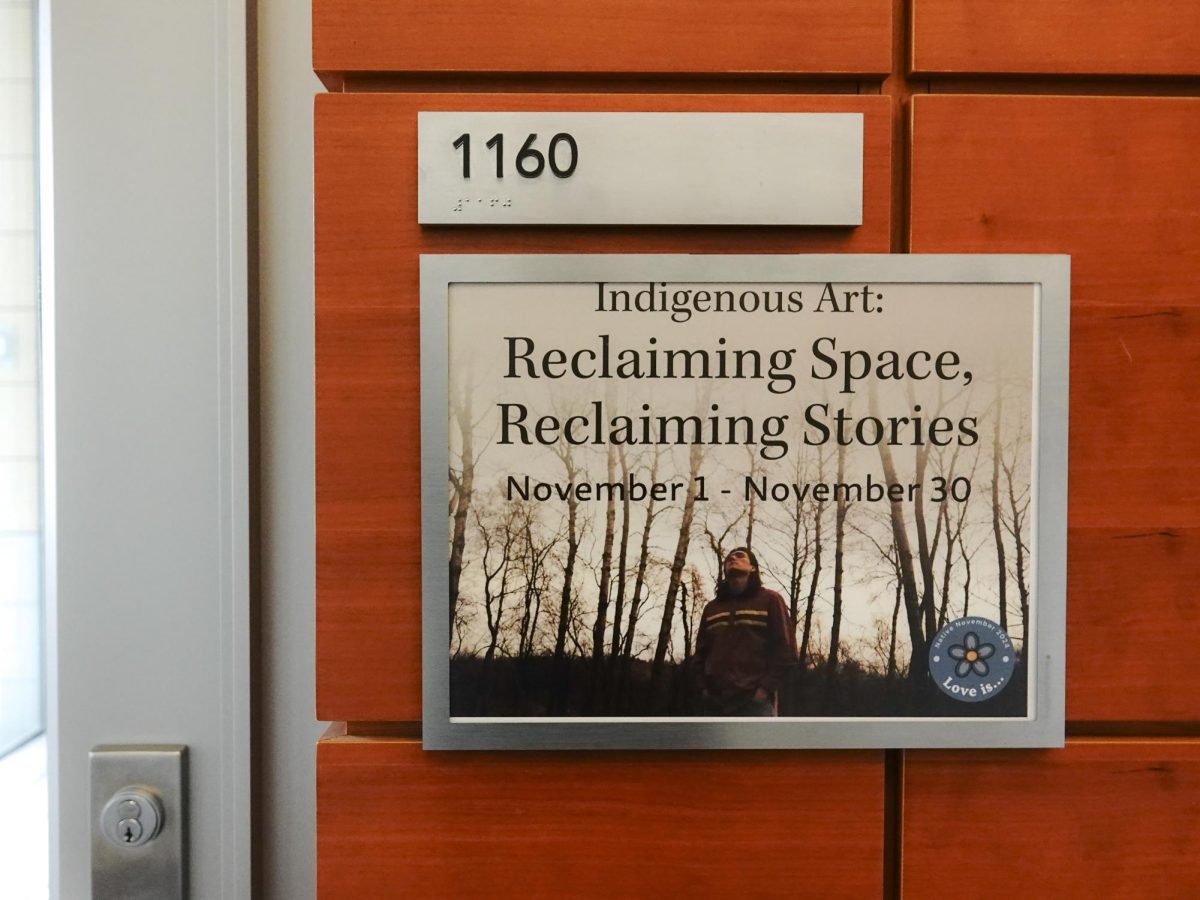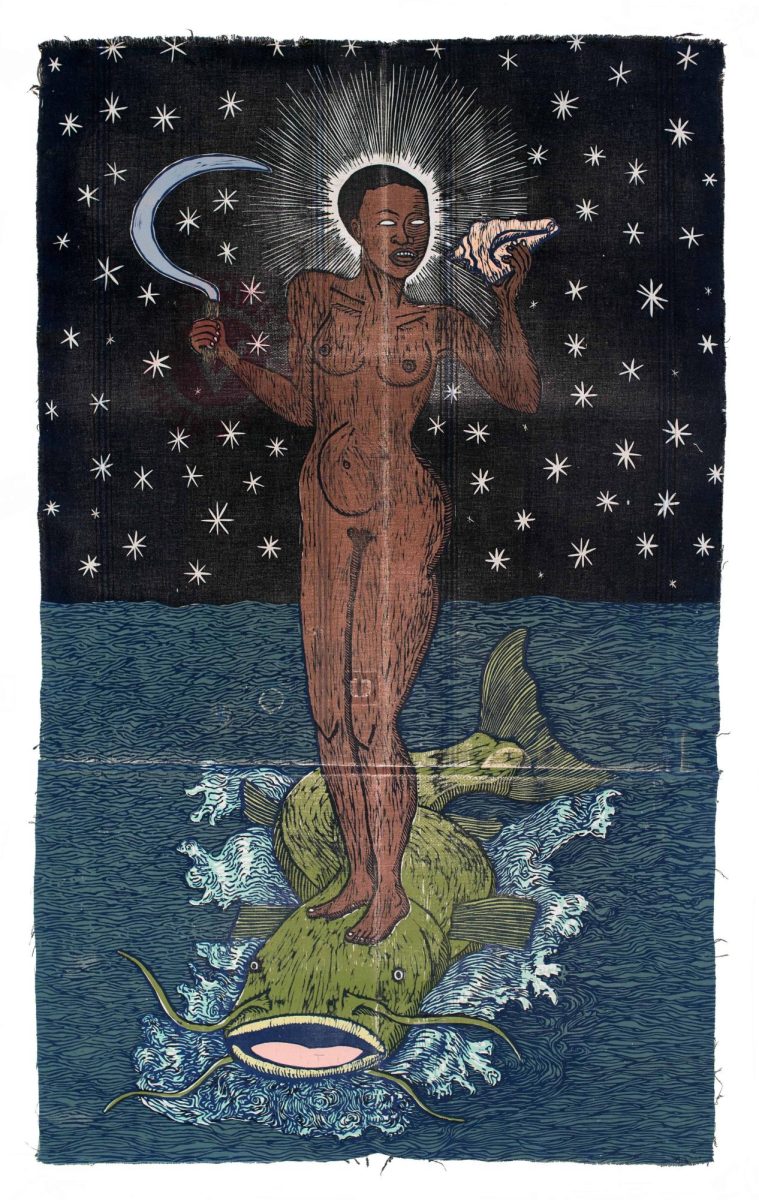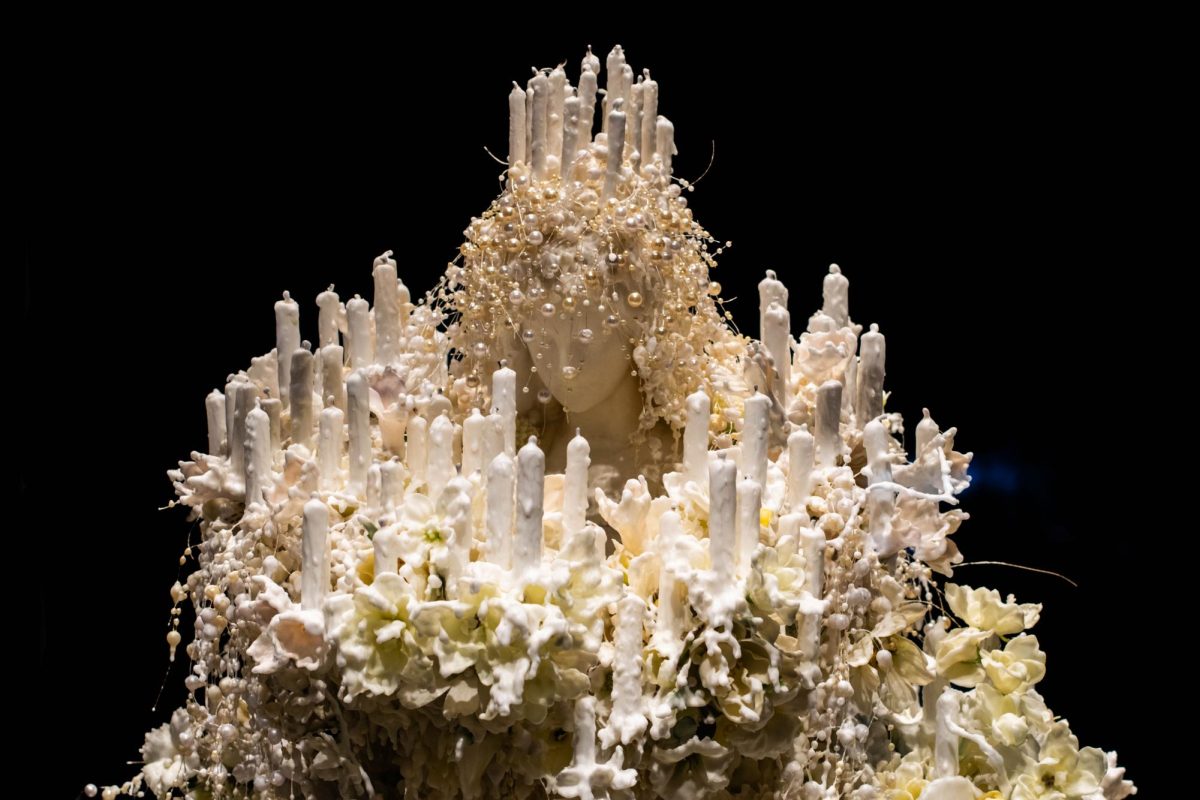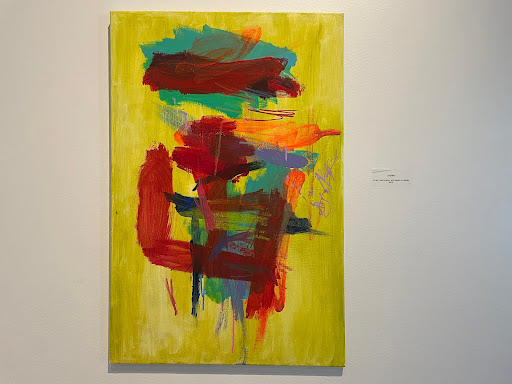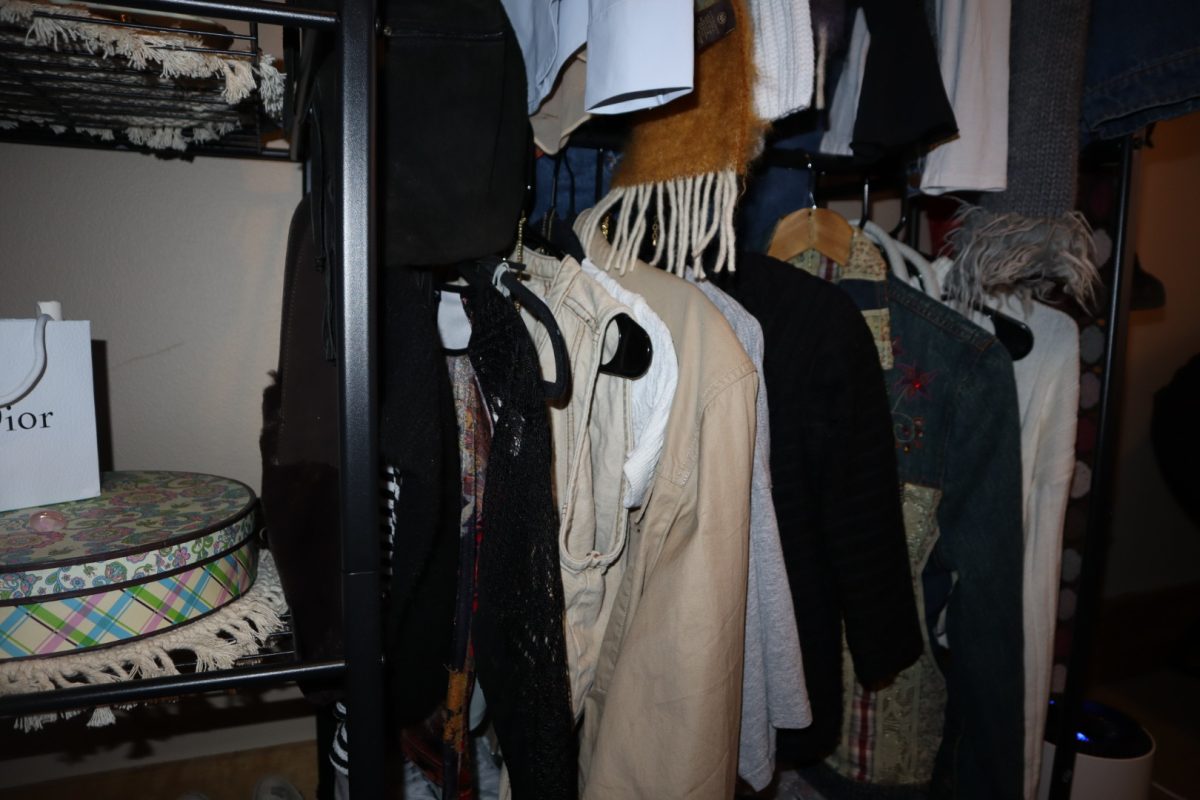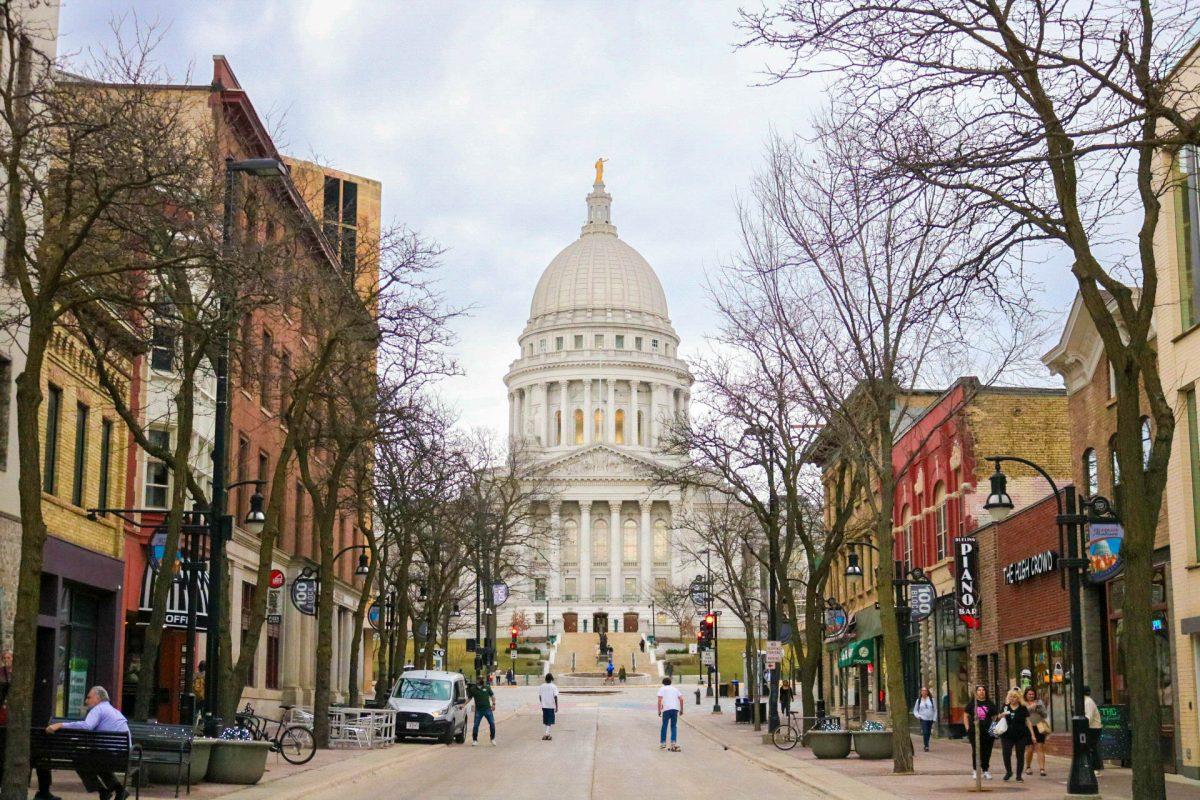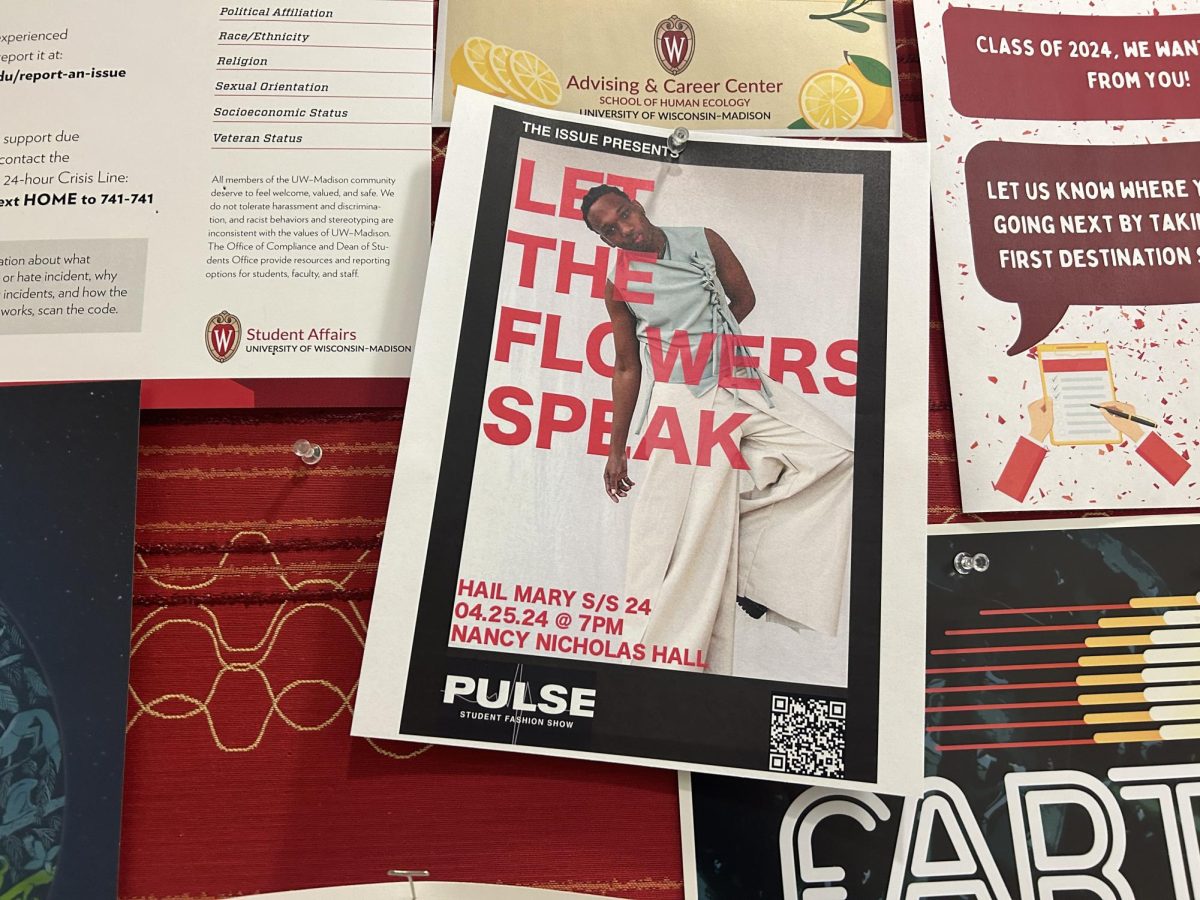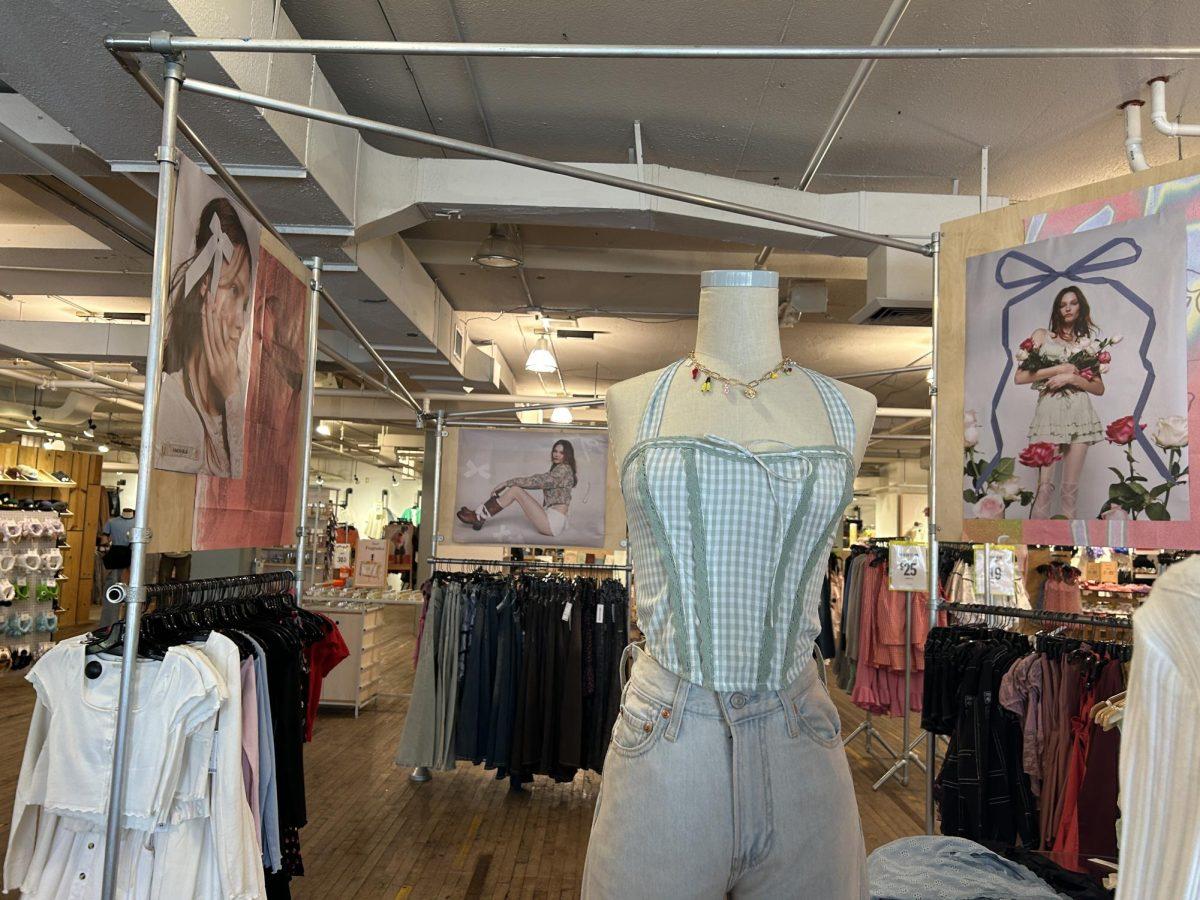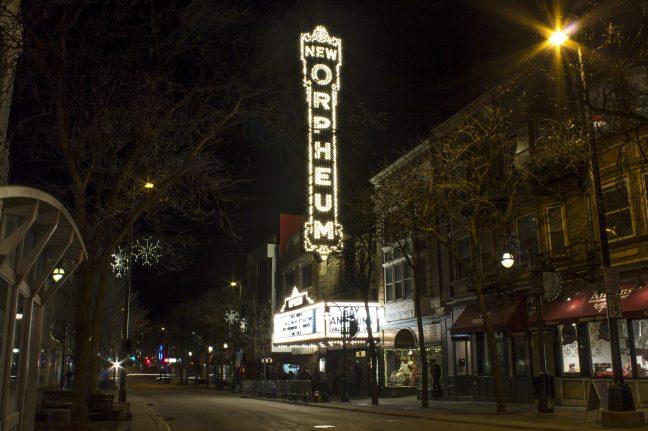A vibrant blend of colorful, intricate fabrics has made its way to the Ruth Davis Design Gallery in Nancy Nicholas Hall. The gallery is currently home to the ongoing exhibit “Clothing, Culture, Context in South Asia: Selections from the Helen Louise Allen Textile Collection.” A variety of pieces are displayed throughout the gallery, ranging from the expertly wrapped Indian saris to highly political Kashmir fabrics. All of the items are selections that haven’t been seen in years due to the building’s renovation. Although the exhibit displays only a small portion of the extensive textile collection, it is thoughtfully curated. The beauty, accessibility and thoughtful display of the textiles provides a window into the politics, culture and religion of a faraway world.
Although relatively small, the gallery makes use of the space in a manner that is both efficient and artistic. It is immediately clear the space was curated with a focus placed on the visual aspects. The space is used efficiently and effectively without ushering the viewer along. A large variety of staggeringly beautiful, intricate pieces are displayed throughout the gallery without cluttering and enough space to step back and soak in the rich fabrics, intricate beading and winding embroidery. The muted lighting creates an intimate space that invites the viewer to linger. It’s as if the space opens up around the objects, creating a softly lit maze—a path down an unfamiliar road that somehow fits into just two rooms.
Moreover, this intimacy transcends the layout. While the textiles are the stars of the exhibit, they also serve as an aid in the study of the rich—and occasionally rocky—political past of Southern Asia. The informational panels accompanying many of the pieces occasionally run a bit long, but with the warm lighting and elegant wording they read more like fireside stories than lectures. At times, this is at odds with the content; stories of political unrest and cultural appropriation are somewhat jarring in the peaceful space. For every story of turmoil, however, there is one based in religion, tradition or family. Both the positive and the negative are given equal representation. Viewers should note that the exhibit covers a large range of media, including videos, pamphlets and various programming. Without this accompanying information, the exhibit would have gaps. While the exhibit isn’t lacking without these extra media, they provide another enriching layer that’s worth the extra viewing.
The exhibit is well worth the trek out to a less frequented part of campus. The entire show is visually gorgeous, well-written and enthralling. It is best experienced slowly, with time to traipse between pieces and closely examine their expert detailing. While it can certainly be enjoyed at surface level, purely admiring the beauty of the works, the informational component is far from negligible and time should be spent on the accompanying media. It’s a bit of an undertaking, but it provides a wealth of knowledge and intricate visuals that more than merit the time. For a more well-rounded experience, talks and interactive events are scheduled on Oct. 9, 17 and 20.
More information and gallery hours can be found at the School of Human Ecology Center for Integrative Design website. The exhibit will run through Oct. 20.



